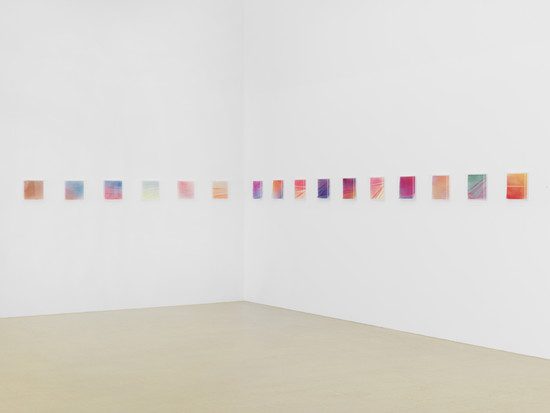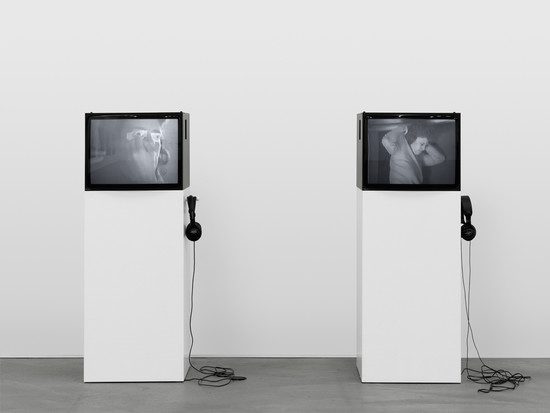GREAT MUSEUMS: Migros Museum Collection II
 The Migros Museum für Gegenwartskunst deliberately breaks with tried and tested tradition by creating open space for art at Zurich’s Löwenbräu-Areal. Since 1966, the Migros Museum of Contemporary Art has been dedicated to exhibiting, collecting and making international contemporary art accessible to a broad sector of the public. Over two floors, it presents changing individual and group exhibitions as well as selected works from its own collection.
The Migros Museum für Gegenwartskunst deliberately breaks with tried and tested tradition by creating open space for art at Zurich’s Löwenbräu-Areal. Since 1966, the Migros Museum of Contemporary Art has been dedicated to exhibiting, collecting and making international contemporary art accessible to a broad sector of the public. Over two floors, it presents changing individual and group exhibitions as well as selected works from its own collection.
By Efi Michalarou
Photo: Migros Museum Archive
The Collection of the Migros Museum für Gegenwartskunst, owes its existence to the supportive gesture of an entrepreneur: Gottlieb Duttweiler, the founder of the largest Swiss retailer, Migros, began to purchase works of art in the mid-1950s. Today, the collection of artworks amassed over the years for the Museum has an impact that goes far beyond its initial significance as a company collection designed to foster the careers of local and national artists. As a museum collection it has been distinguished in particular since 1996 by the interaction and intermingling of collecting and exhibiting activities. That was the founding year of the Museu, which proceeded with ease to set itself apart from its large and venerable colleagues. The Museum relies on the production of works in close collaboration with the artists rather than on pieces that are already known quantities. Exhibition and collection practices are closely interlocked, working according to the zipper principle: a large portion of the acquisitions for the collection come from the exhibitions. The Museum is shaped by the different signature tastes and interests of those responsible, in other words by the various museum boards over the years, and has grown continuously. While acquisition in the ‘70s concentrated on Minimal Art, German painting and important Swiss positions, the focus in the last two decades has been on contemporary art with works from artists like: Maurizio Cattelan, Spartacus Chetwynd, Christoph Büchel, Urs Fischer, Douglas Gordon, Rachel Harrison, Mark Leckey, Henrik Olesen, Rirkrit Tiravanija, Tatiana Trouvé, Christoph Schlingensief, Cathy Wilkes, and their important predecessors like: Marc Camille Chaimowicz, Stephen Willats, Katharina Sieverding, Paul Thek. Installative works as well as works involved with spatial construction, performativity and socio-political questions take a particularly significant role here.











